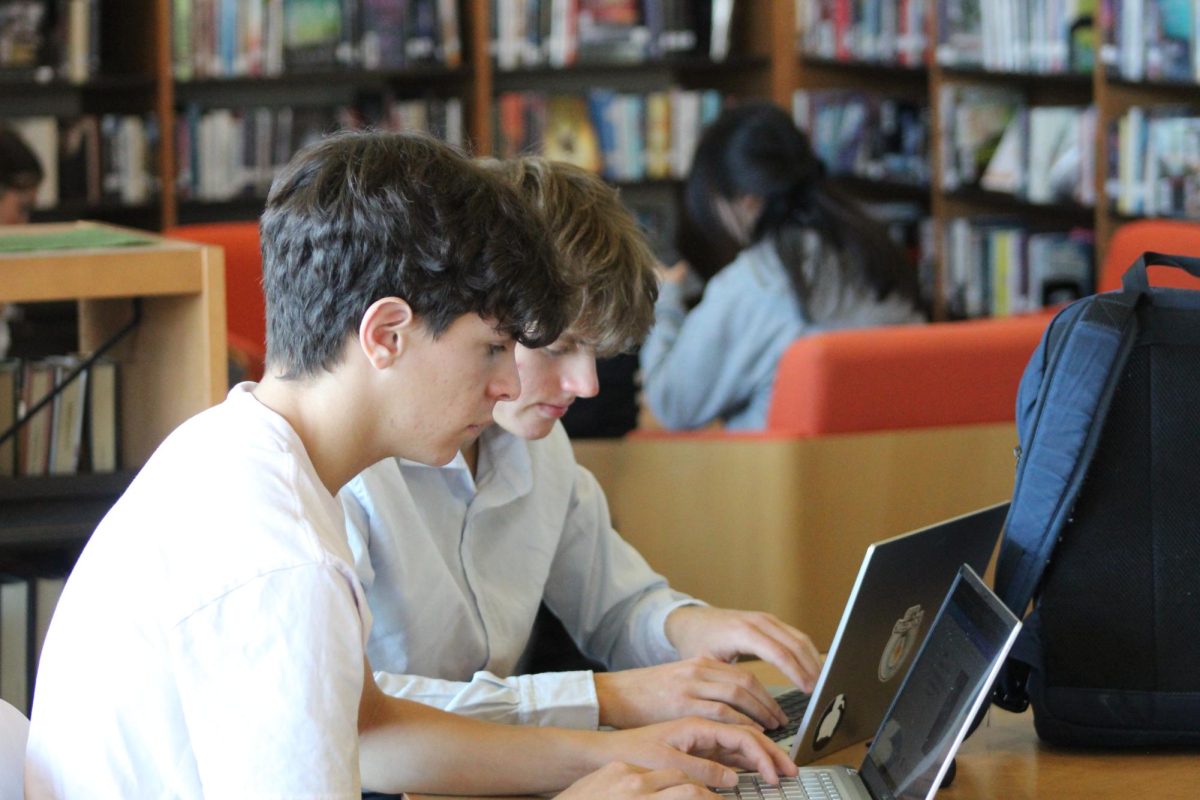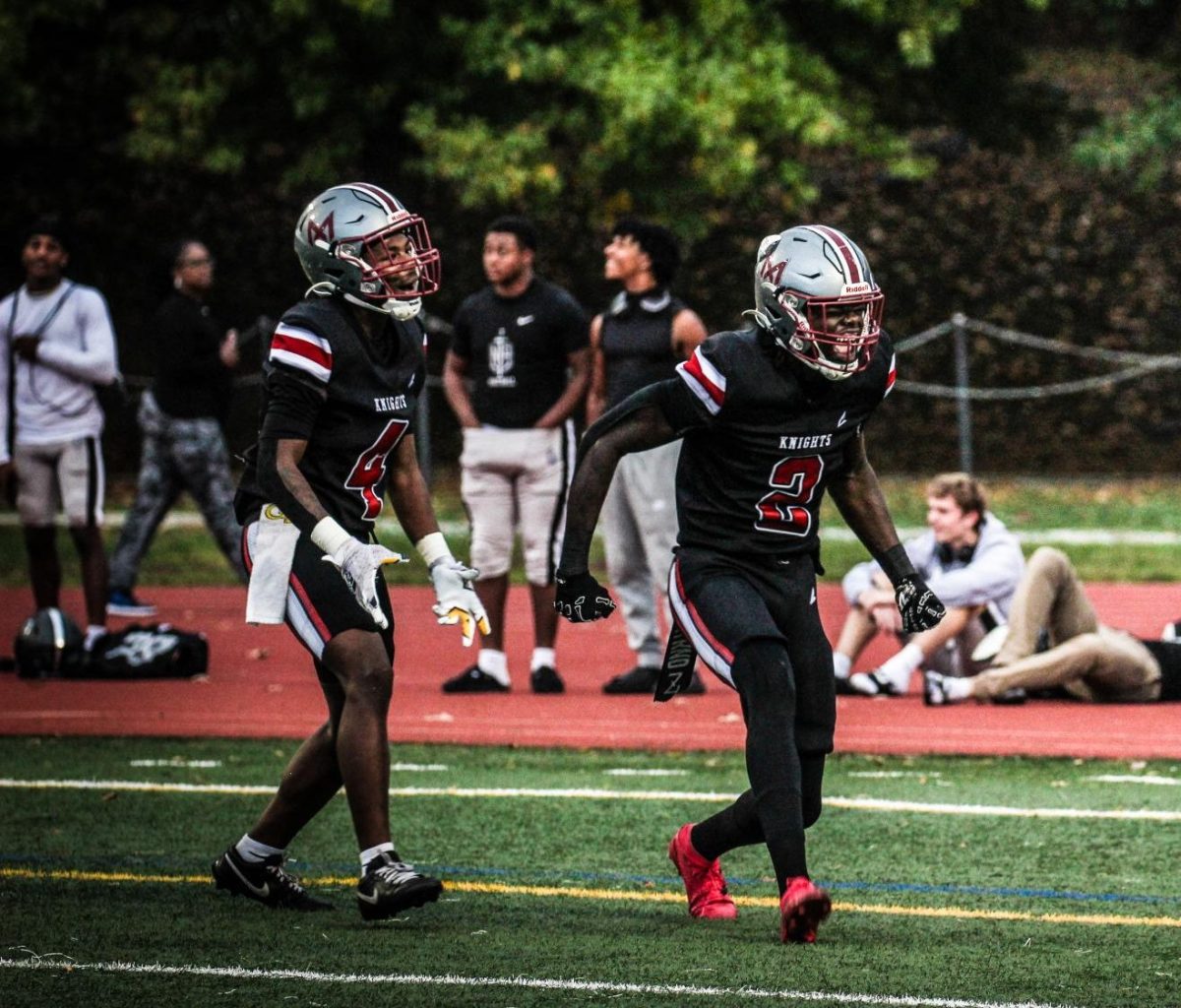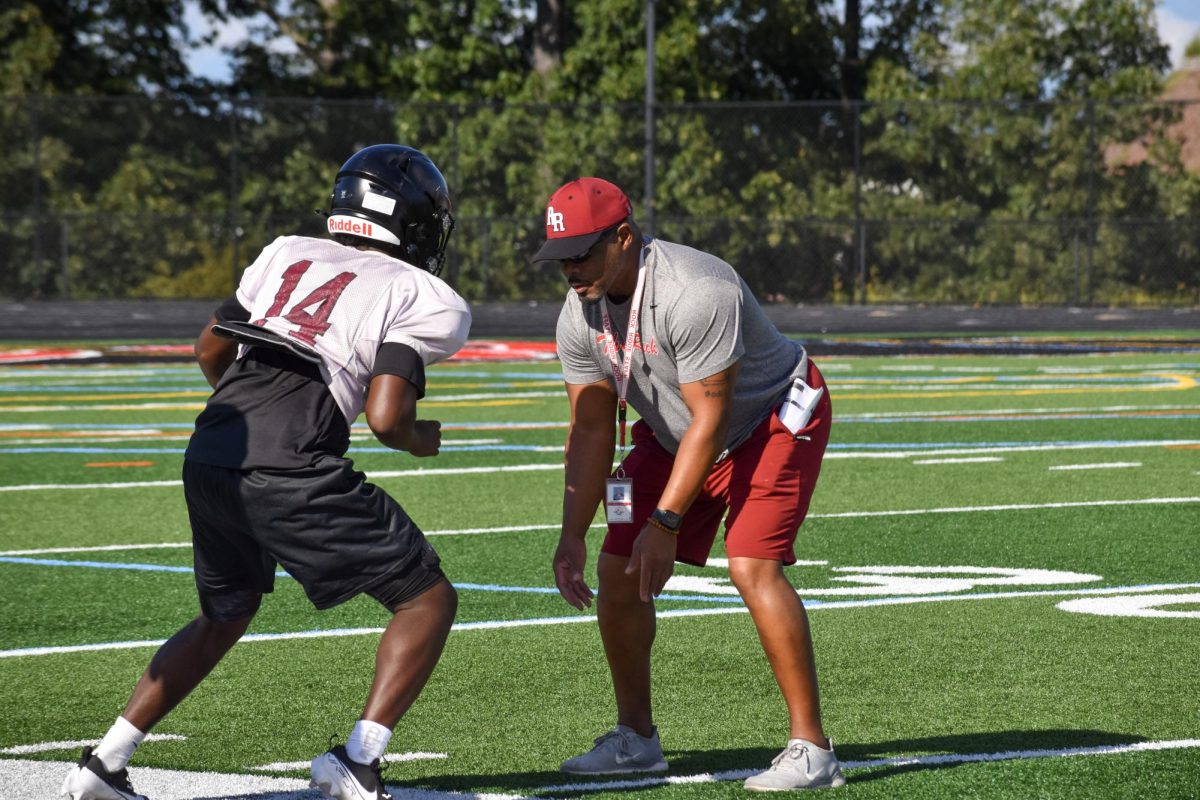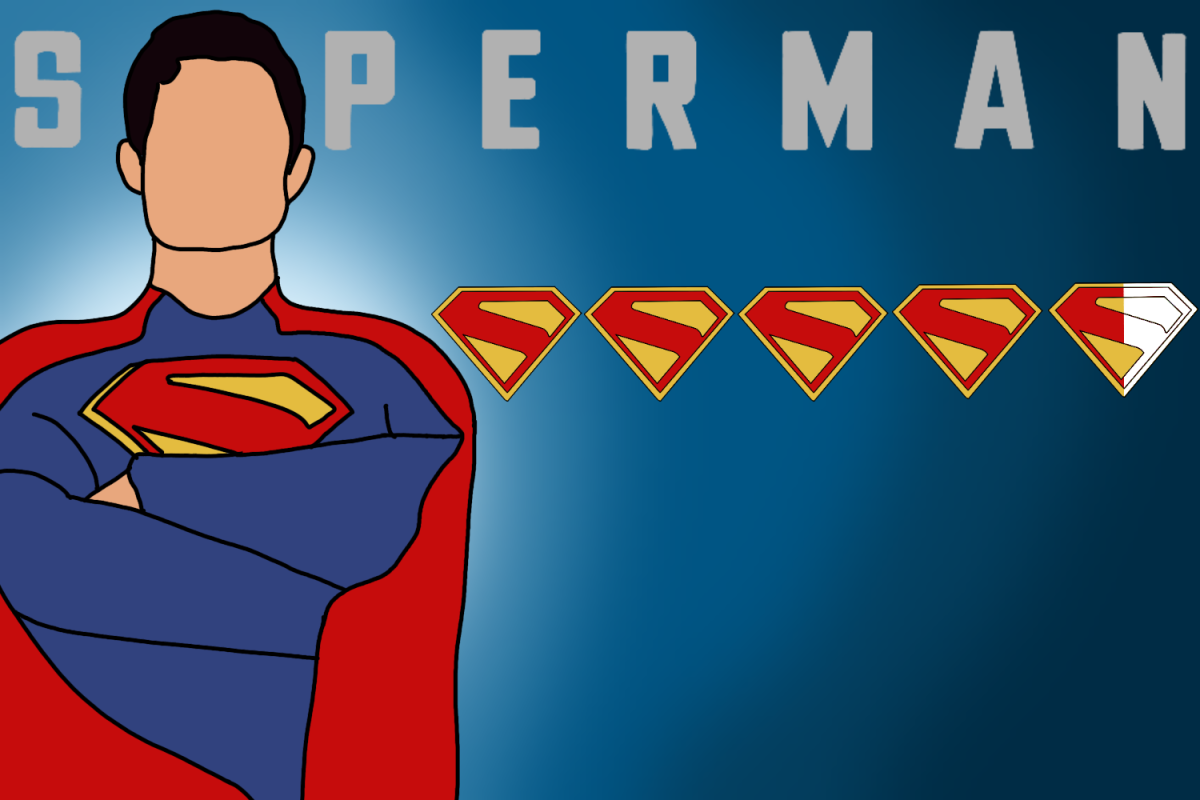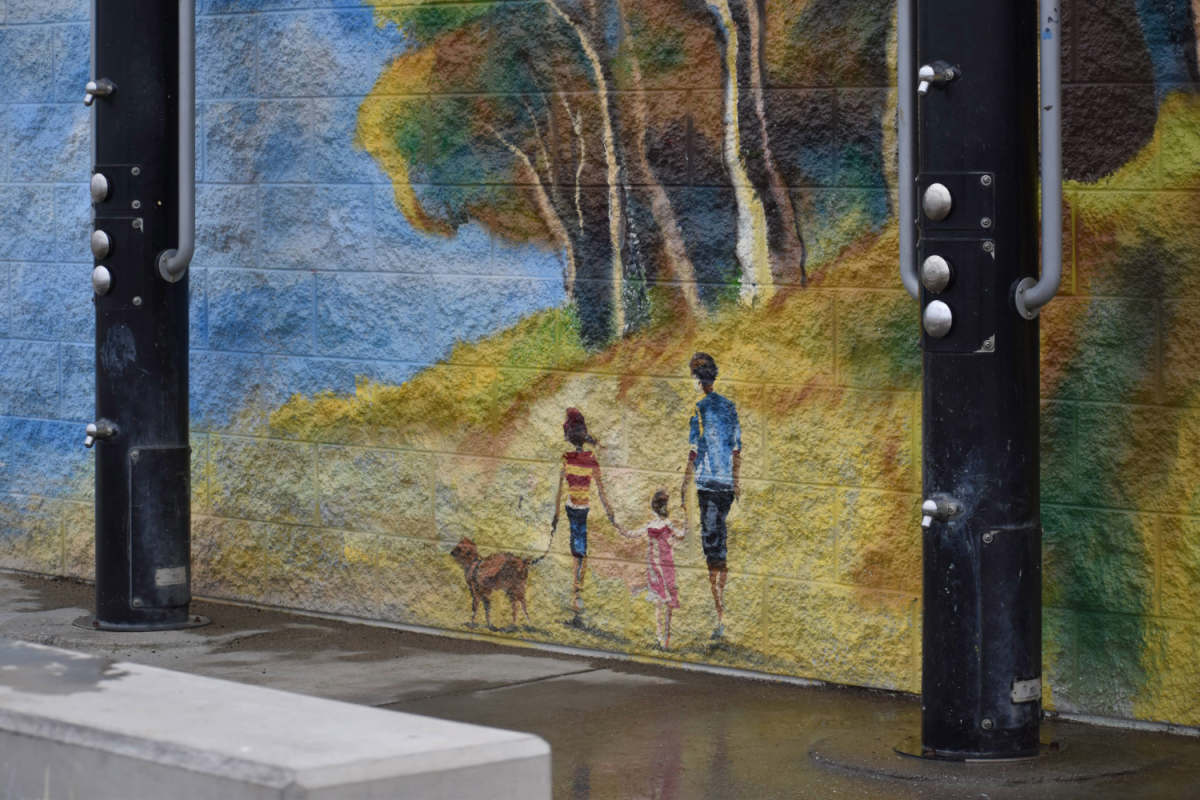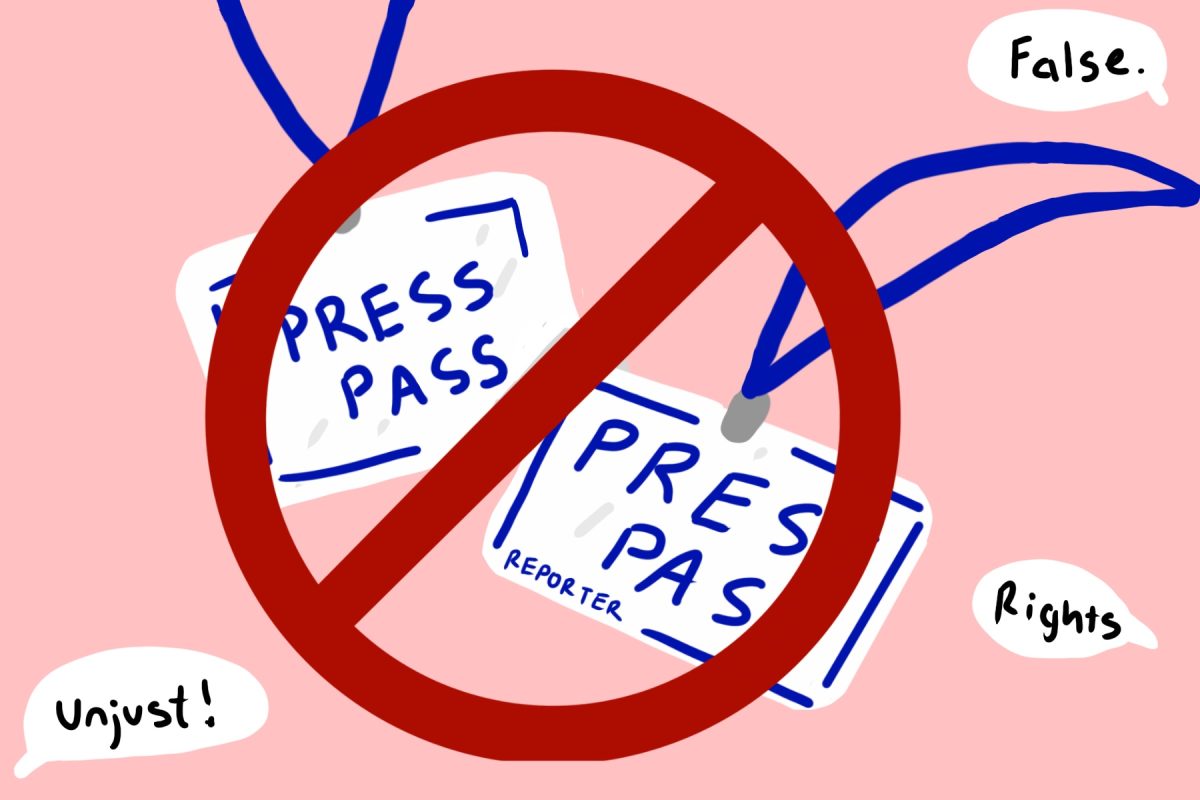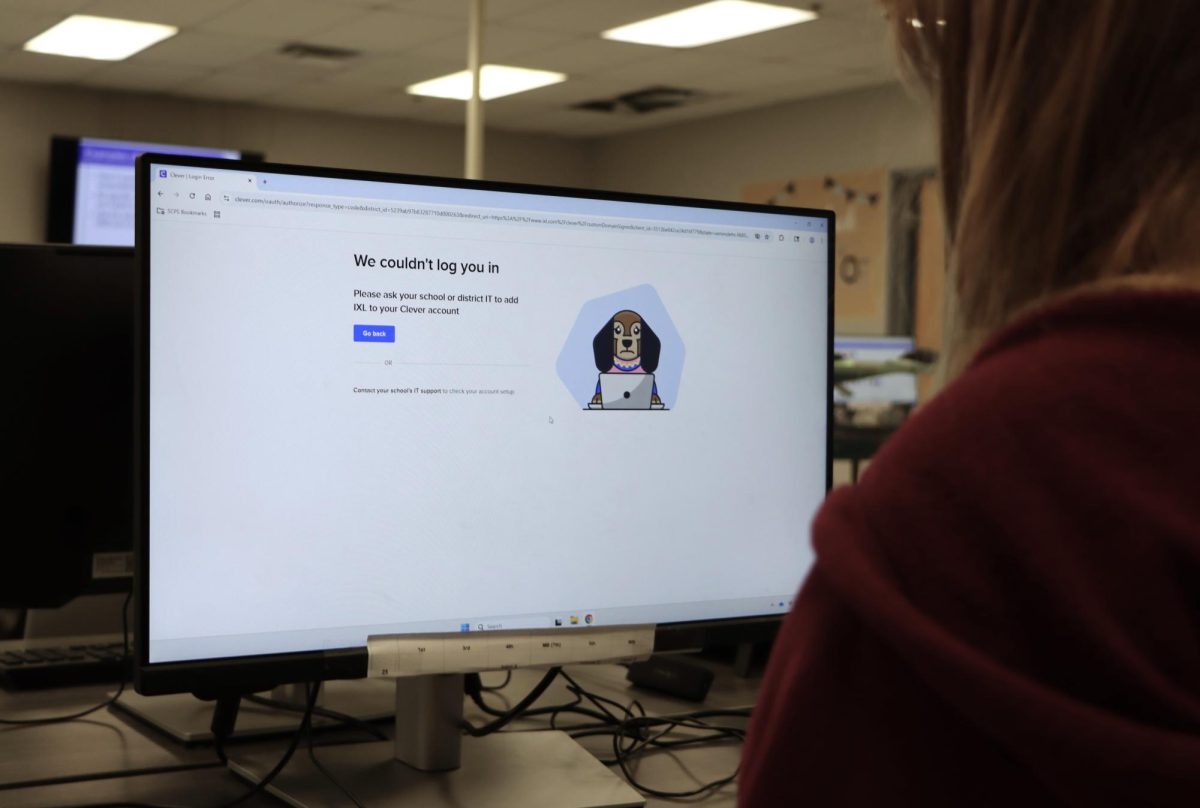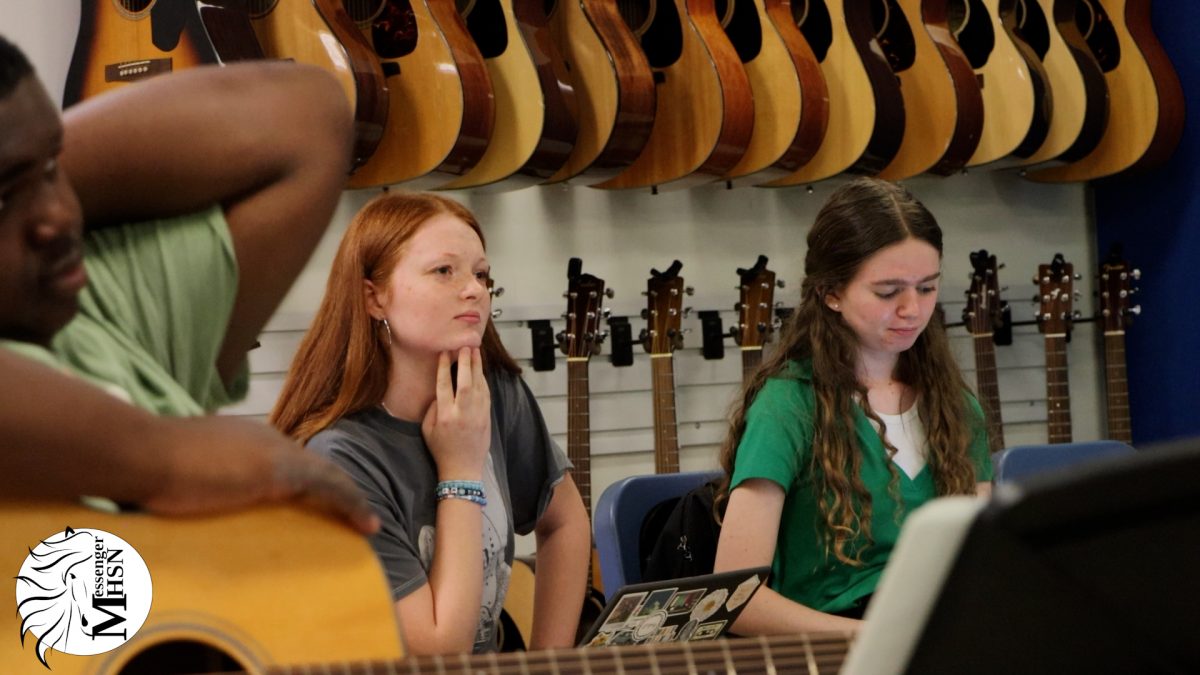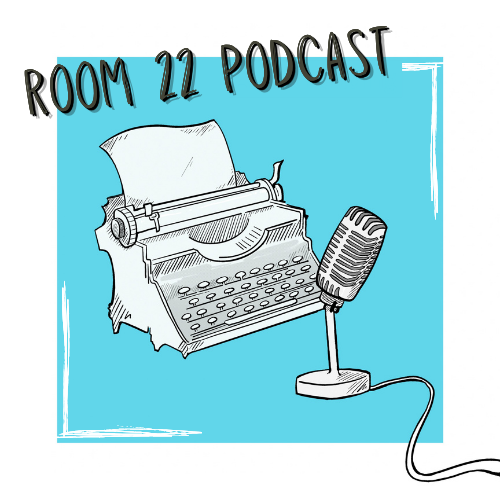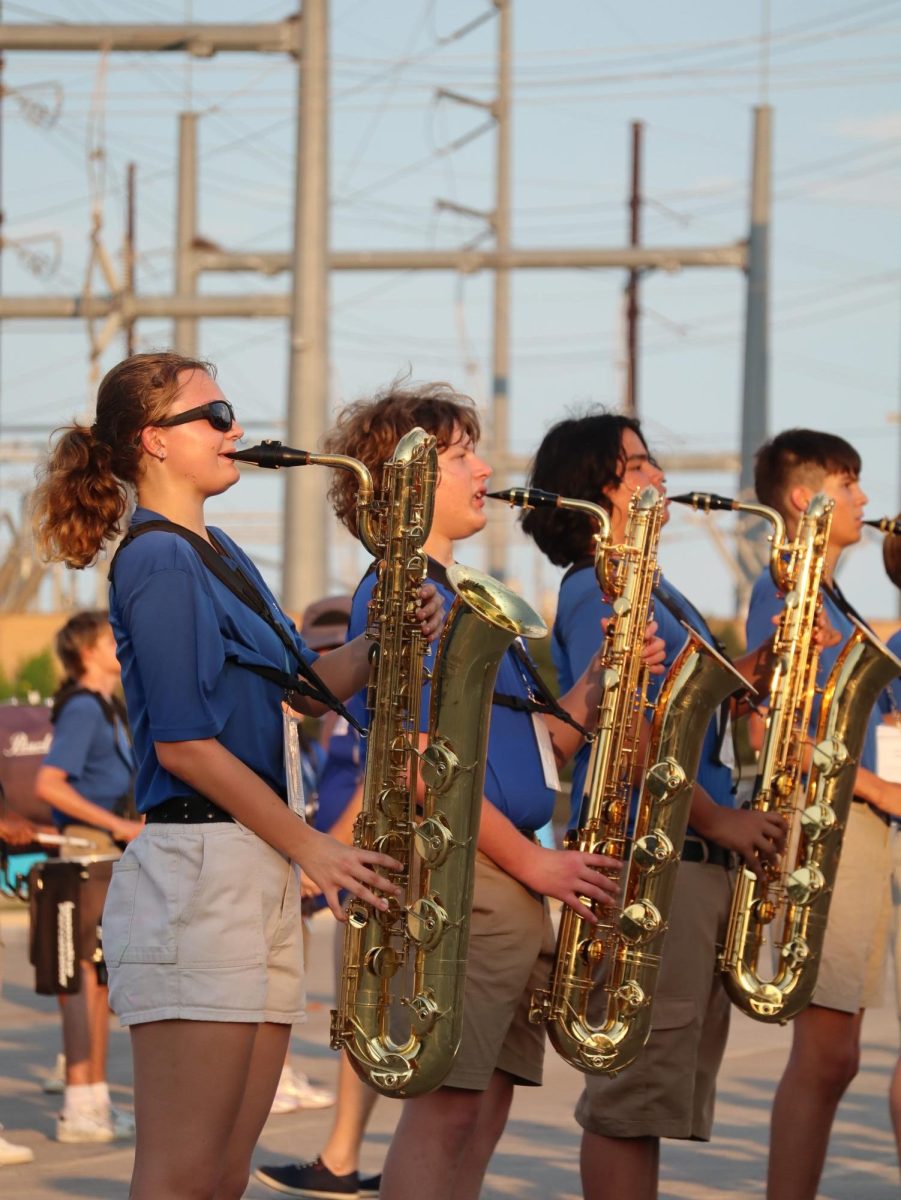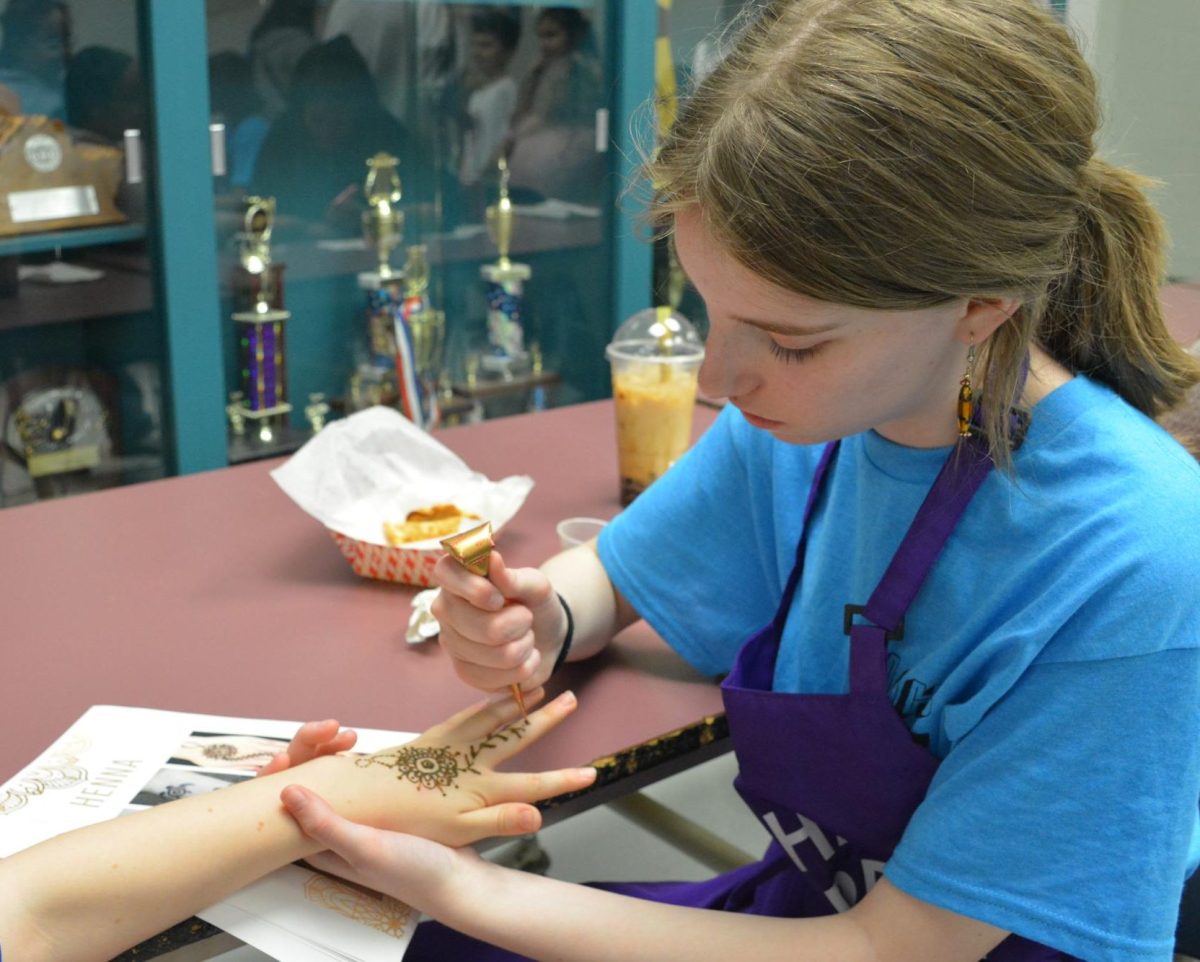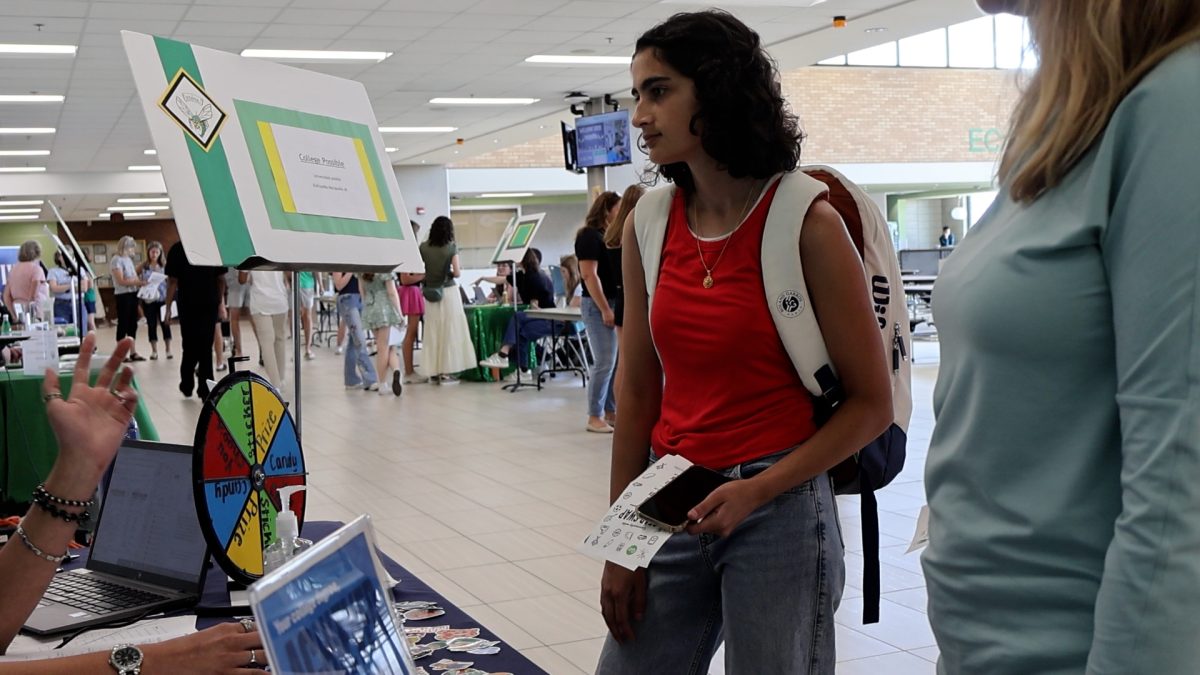The San Diego Fiscal Year 2026 budget went into effect on July 1, increasing funds for certain government programs — such as the Capital Improvement Program and IT improvements — while decreasing others of “lower priority”. One such latter program is the San Diego Public Library system, which has now shortened its hours and eliminated certain working days.
“San Diego Public Library (SDPL) has made adjustments to its operating hours, including the elimination of Sunday service and Monday closures at 20 branches,” Kat Carn, Branch Manager of the Carmel Valley Library, said. “While these changes are significant, the library remains committed to accessibility … These changes ensure that our communities still have meaningful access to vital library services.”
All branches continue to be open on Saturdays, and evening service until 8 p.m. will remain available on Tuesdays and Mondays at the 17 branches that will remain open that day.
The decrease in funding has pushed branch locations to shift priorities in order to fulfill needs and assist patrons in the most cost-efficient ways.
“Our branches have adapted by strategically adjusting hours, carefully coordinating staffing and prioritizing services during times and at locations of highest community need,” Carn said.
Despite new schedule limitations, library officials have worked to reduce the impact on library-run programs.
“While some schedules may shift to reflect Monday closures at certain branches, our clubs, classes and events will continue with minimal interruption,” said Carn. “The library is also deepening its collaboration with local nonprofits and community partners, which may expand opportunities to provide cost-effective, innovative programs across San Diego.”
This library is a central part of Torrey Pines High School students’ lives. Many students, including Alina Cheng (10), volunteer at branch locations during their spare time, assisting through organizational and authoritative means.
“At the [Pacific Highlands Ranch library], I’m a library assistant,” Cheng said. “We do pick-listing, which is [where] we get a list of books that people put on hold, find them, and then we bring them back to the front desk … and make sure they go to the right spot.”
Cheng also participates in council decisions at the Carmel Valley Library Branch.
“I’m on the Teen Advisory Board, and we help in planning and organizing the events, such as the most recent event we had, [which was] a beach party,” Cheng said.
Besides allowing students to exercise leadership and collaborative skills through volunteering, libraries also provide a quiet ambiance for studying, especially beneficial when students don’t have an adequate environment at home.
“A lot of people go after school to study because it’s a quiet space and there’s less distractions,” Cheng said. “[It’s often] a space that you can’t get in your own home.”
The elimination of Sunday hours has imposed on said study space for some students who found that day to be one of the most crucial for getting work done.
“Sundays used to be my day to go to the library to study, but I don’t have that anymore, so I have to find ways to work around it,” said Mia Geringer (11). “Sunday is also right before Monday, [which is when] a lot of people cram for tests. [Students] are just trying to get last-minute homework done, and [not having libraries open on Sundays] can impact their grades.”
Geringer believes libraries foster a unique sense of community not found in other public spaces.
“One of my close friends, I always see him at the library, and I grew closer to him because of it,” Geringer said.
The library’s gratuity also marks it as a distinct interactive environment to many.
“You don’t have to have any money, you don’t have to come from any [specific] background, you just have to be at the library,” Geringer said. “It brings people from all walks of life together.”
This story was originally published on The Falconer on September 18, 2025.




